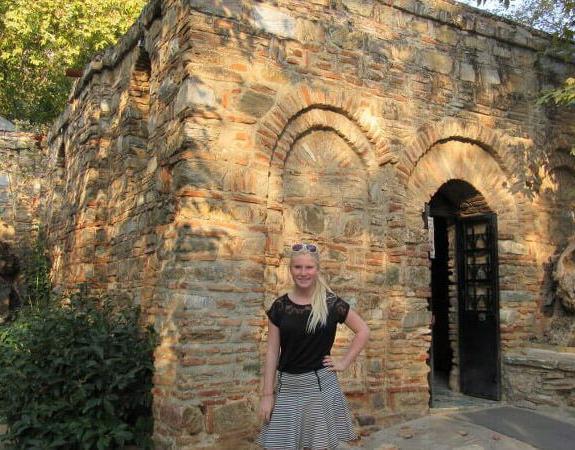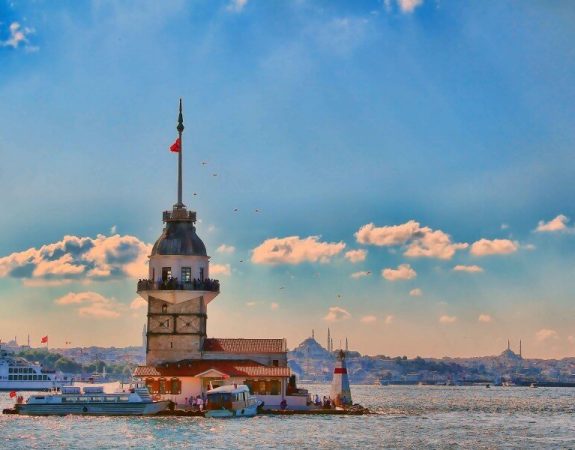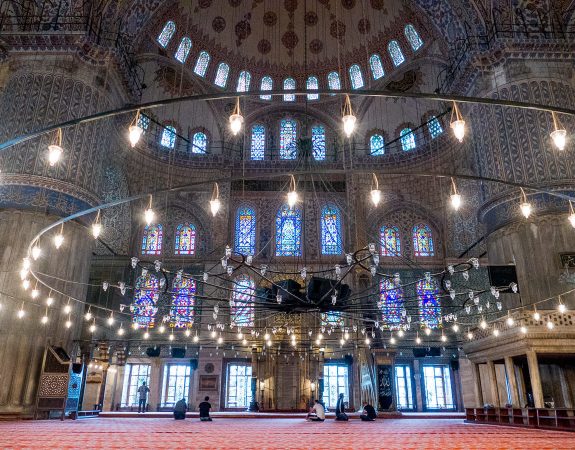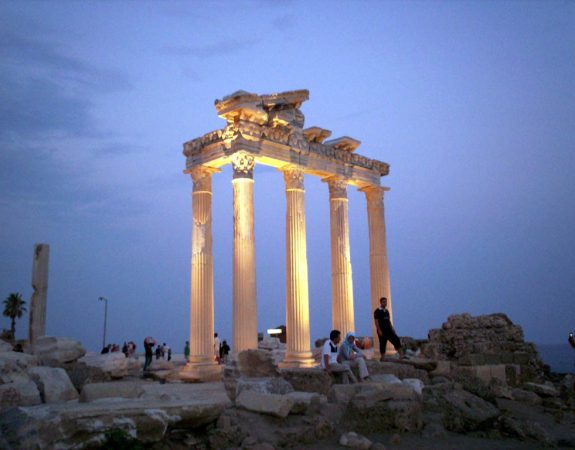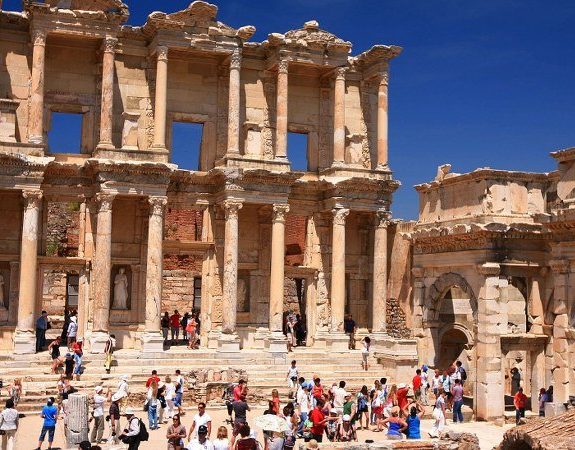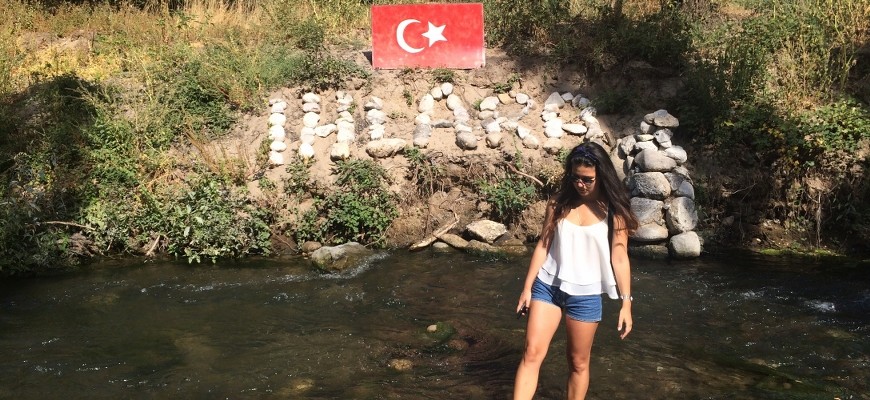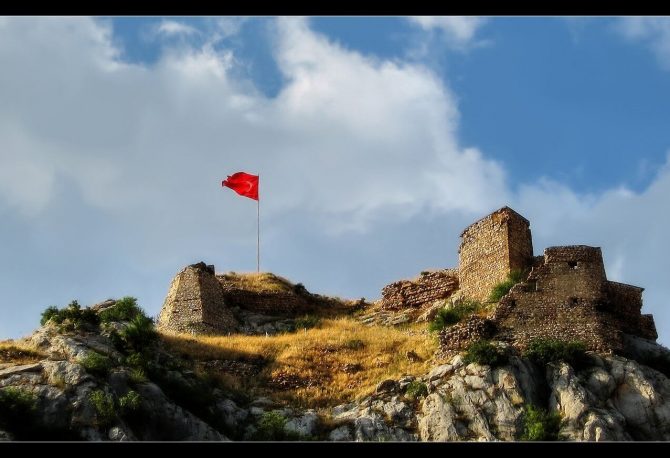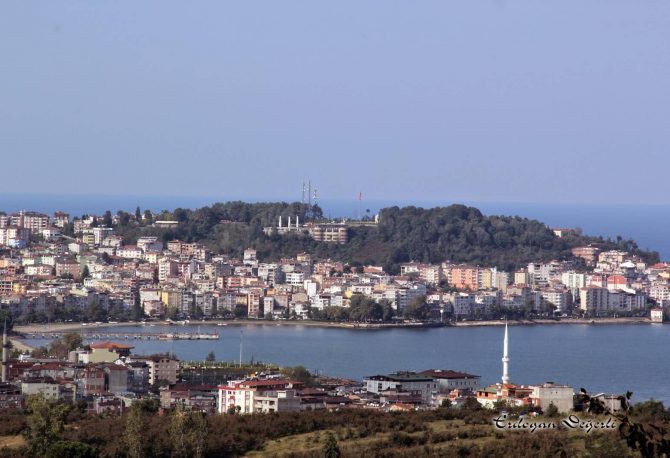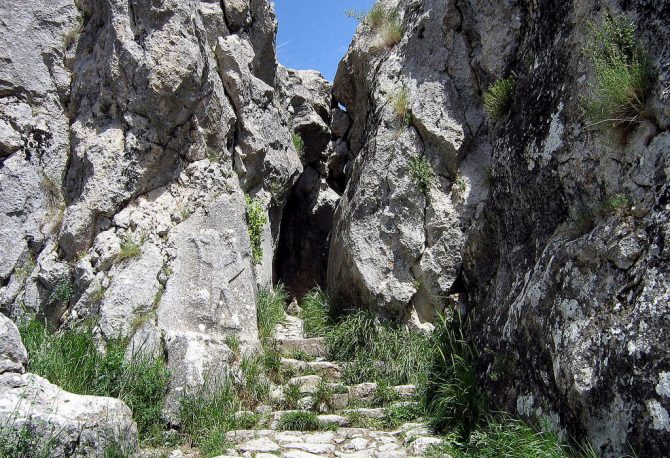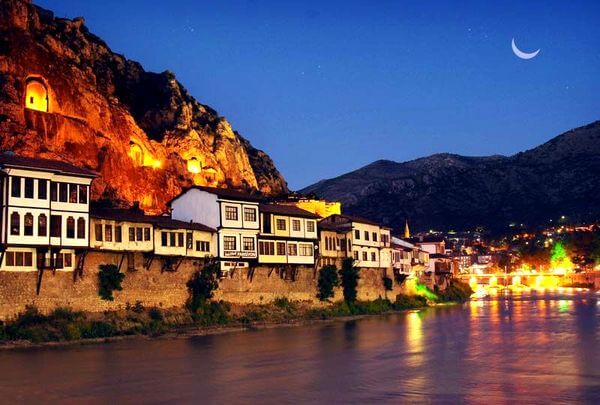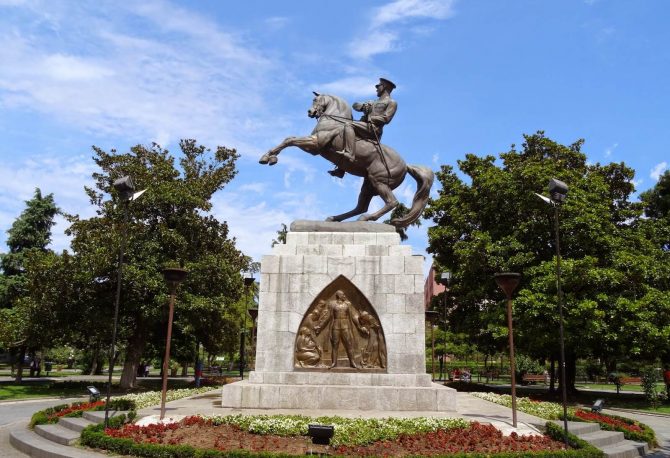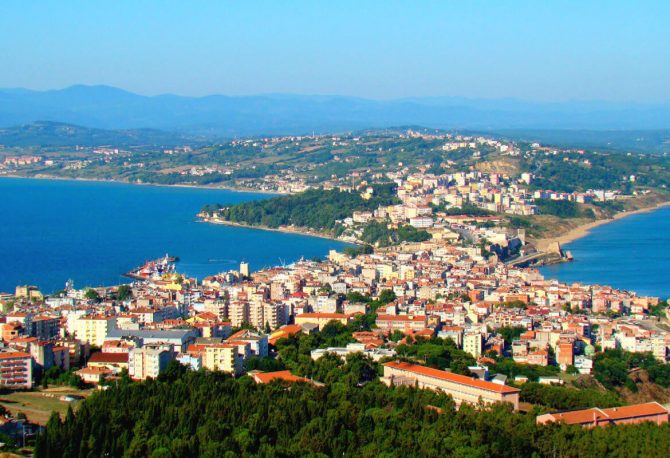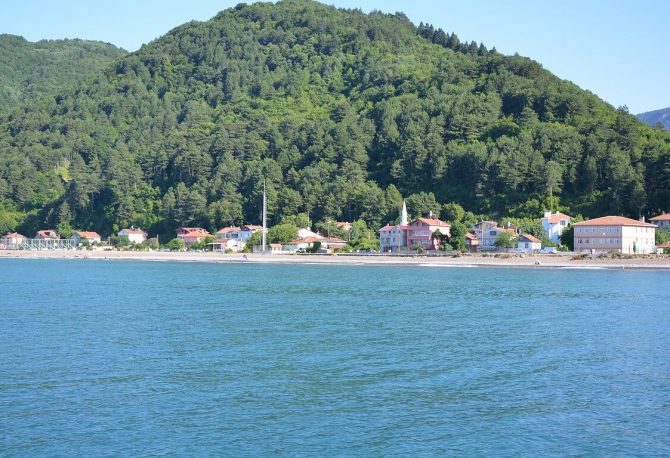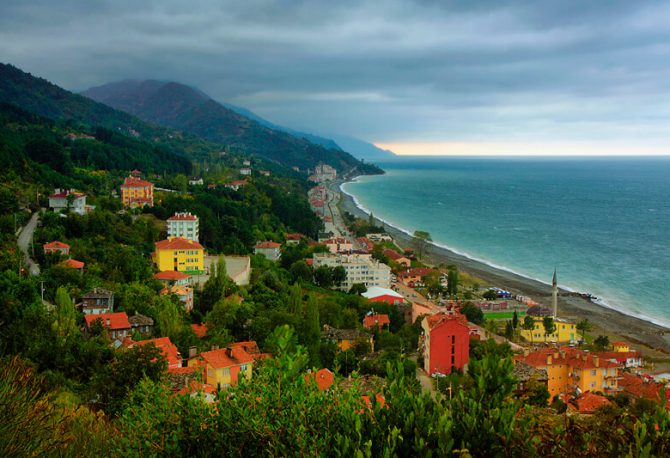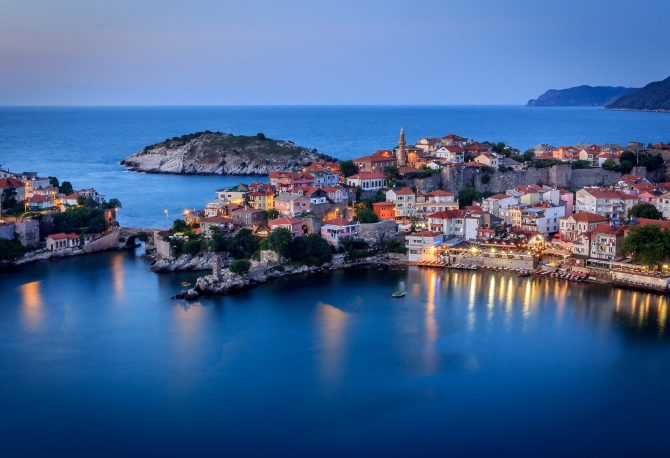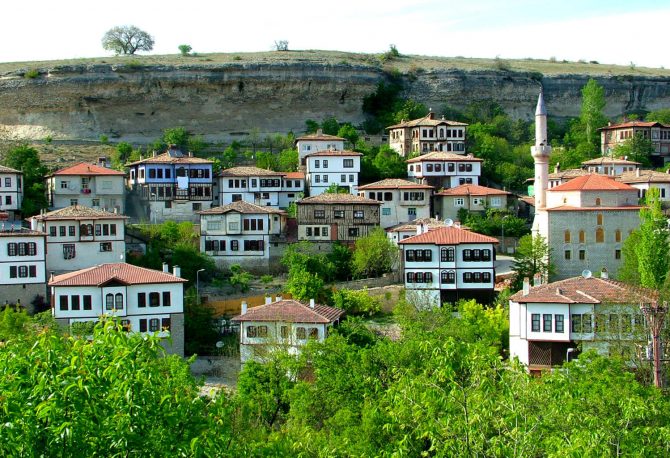And the inhabitants live in luxury, and all their property is planted with vines; and there is a multitude of women who make gain from their persons, most of whom are dedicated to the goddess. There, on account of the multitude of prostitutes, outsiders resort in great numbers and keep holiday.Situated in a valley surrounded by rocky hills, the modern city of Tokat is quieter and more conservative than its history would suggest. Step away from the noisy bustle of Gaziosmanpaşa Bul. to find an old city of crumbling Ottoman houses and winding cobblestone streets, where tourists draw crowds of curious children. Tokat’s handful of first-rate sights make for a brief but enjoyable stay, especially when combined with the spectacular caves at nearby Ballıca.
Unye has a rare combination of good beaches, good hotels, campsites, and nearby hiking options. Only 95km east of Samsun, it’s easily accessible along the main coastal road from Samsun to Trabzon. Though Unye’s history is thought to extend back to 1270 BC, today it functions mainly as a family-oriented resort town.
To locals, Boğazkale is a typical small village where ducks and cows wander oblivious to the passing tractors and children playing in the street. Its unremarkable exterior, however, is misleading: Boğazkaie is home to the 4000-year-old remains of the ruined Hittite capital of Hattuşaş. The ancient city, on the outskirts of present-day Boğazkaie, just over 200km cast of Ankara and 30km off the Samsun highway, is situated 1000m above sea level, in a gorgeous pastoral setting. A designated UNESCO world heritage site, Hattuşaş is easily navigable by car or on foot. Although much has been carted off to various museums around the world, enough of the site remains to suggest the size and glory- of the ancient city. The combination of dramatic ruins and landscapes, good places to stay and a peaceful atmosphere makes Boğazkale a unique experience in Turkey.
Towering cliffs, a quiet river, carved rock tombs, and stately Ottoman houses are all part of Amasya’s fortuitous meeting of human and natural architecture. In older areas, the town’s pedestrian streets and waterfront houses suggest something like a Turkish Venice, despite the rugged surroundings. Today, Amasya has a relaxed atmosphere. It is most striking when the rock tombs are illuminated at night, towering above the mellow groups drinking çay or enjoying Amasya’s famous apples.
The birthplace of the geographer Strabo (roughly 63 BC), Amasya was the capital of Pontus, a kingdom of Greek-speaking Persians that arose after the death of Alexander the Great. After a series of costly wars with the Romans, the city was razed by Pompey in 64 BC. Rebuilt as a provincial capital, the town flourished under the Romans and Byzantines before falling in 1071 to the Selçuks, who left a legacy of Islamic monuments. Under the Ottomans, who arrived in 1391, Amasya became a theological and cultural center, with 18 medresesi by the 18th century.
The largest city on Turkey’s Black Sea coast, Samsun is a busy metropolitan center with a long and exotic history. An 1869 fire gutted the city, however, leaving modern-day Samsun few’ remnants of its past. Famous as the “City of the 19th of May” (On Dokuz Mayıs), the day Atatürk set foot on Anatolian soil and launched the drive for the Turkish Republic, Samsun is now a transportation hub for flight and bus connections. A few quality hotels and museums can make a stay pleasant, but most travelers don’t stick around for long.
One of the most famous ports on the Black Sea Coast, Sinop has provided shelter to sailors since ancient times. Nowadays a resort town popular with young Turks, Sinop’s crystal-clear waters and long, sandy beaches are possibly the cleanest in Turkey. Though on the tacky and dusty side, the town itself features the ruins of medieval castles and a lively nightlife around its natural harbor.
Sinop takes its name from Sinop, a mythical nymph who spurned the advances of the thunderbolt-hurling god Zeus. Hoping to lure her into his Olympian sack, he offered to grant her a single wish. Thwarting the horny Olympian’s plans, she asked for eternal virginity. Zeus, bound to his promise, isolated her on the tiny mountainous peninsula where modern Sinop now slumbers.
An administrative center for Romans, Byzantines, Selçuks, and Ottomans, Kastamonu (pop. 57,000) is still an outpost of activity in the sparse green mountains. As it is the region’s transportation hub, travelers headed to Ankara or the nearby coast will most likely pass through here.
Kastamonu has many wooden Ottoman houses and old Islamic monuments, and its flowing river and surrounding lush countryside make for a relaxing setting. The town itself is relatively unexciting, but is worth a visit for its impressive Islamic architecture.
Uphill are many well-preserved, traditional Ottoman houses and the center is dominated by the famous Nasrullah Mosque, built in 1506.
Many come on pilgrimages to the tomb of Seyh Sabaniveli, a leader of the Halveti order. The nearby village of Kasbah has what is considered one of Turkey’s best wooden mosques.
A low-key fishing town, Inebolu (pop. 1000) serves as a useful coastal connection along the beautiful but poorly served Amasra-Sinop road. The town is popular with Turkish tourists and hotels can fill up in summer, especially on weekends. The trip here from any direction involves spectacular scenery, but the town itself is unexciting; it has little to offer except a rocky beach, some fish restaurants, and a glimpse at a sleepy Turkish resort.
Amasra (pop. 7000) is one of the most spectacularly situated cities on the Black Sea Coast. Straddling two natural harbors with clean, sandy beaches, its natural beauty is striking: craggy7 cliffs rise above snaking shorelines, rocky islands, and rich blue waters. On top of that, the remains of its considerable medieval fortifications add historic charm and an almost surreal atmosphere. They also provide excellent vantage points from which to survey the town below. Today, however, the town also has several modern, well-equipped pensions and hotels (book ahead in summer), excellent seafood restaurants, and a hassle-free, reasonably priced market for souvenirs (mostly woodwork and embroidery).
Over 3000 years of trade and fishing have left Amasra the same quiet beach getaway that Queen Amastris was looking for in the 4th century BC when she founded the town on the site of Sésamos, an ancient Miletian port.
Safranbolu’s old city turns back the clock to a 19th-century Ottoman town nowhere else in Turkey is there such a concentration of old Ottoman houses, making the city’ somewhat of a living museum. The elegant wooden houses have been well preserved and restored, and new construction is confined to Yeni Safranbolu, the new town, 2km above the old city. The restoration began in 1975, and today, many of the houses are converted to hotels or gezi evleri (houses open to visitors). The town was placed on the UNESCO World Cultural Heritage List in 1994 in recognition of its extensive preservation efforts.



